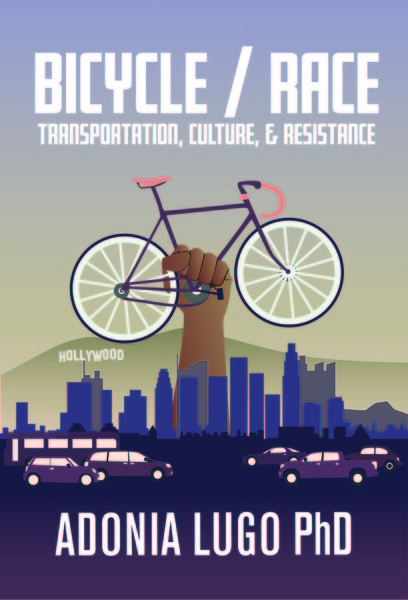A while back I got heavily into Stacy Peralta's surf and skate documentaries, spending a week home sick in Portland watching them over and over while huddled on the couch I'd dragged next to the little gas heater in my big drafty home. Even though I grew up a few miles from the beach, the fact that I was a mixed race girl from a poor family meant I didn't get into the surfing thing, and had only spent a little time on boogie boards as a teenager. Nevertheless, I feel the lure of a magical surfing film like Endless Summer. Peralta's movies give a bit of that vibe, though they suffer from a very unfortunate tendency toward the music video. That is, the cuts are fast, overproduced, and there's like fifty songs crammed into an hour and a half of documentary. He seems to be more into the moment than the big picture, although the stories he chooses to tell are so interesting that his movies still manage to overcome their own short attention span.
Then this week Bobby and I lifted some ancient (like circa 1987) boogie boards from my mom's garage, and ever since I've been scraping my belly up on a scratchy old styrofoam board that is falling to pieces. But do I feel like Laird Hamilton? Maybe just a little bit.
Today when we got home from the beach we decided to watch Peralta's newest film, Crips and Bloods: Made in America. As former residents of Long Beach, Bobby and I spent a lot of time in 2007-08 riding the Blue Line through South LA, and I got exposed to a very different style of "ghetto" than the comparatively lush and pastoral subdivision where I grew up, which was considered a ghetto nevertheless by white South Orange County residents because it was home to Mexicans. Traveling through the towns and neighborhoods I'd heard of in the rap songs that came in my bedroom window in that simulacrum ghetto, and later shared in dorm rooms at my fancy liberal arts college, I learned the scale of poverty, segregation, and inequality existent in Los Angeles. It's off the fucking charts, as it is in most American cities. A lot of people wouldn't consider riding the Blue Line, and it's another symbol of the fear of public transit that keeps people in their cars in LA.
So anyway, Peralta's film chronicles the legacy of segregation and the lack of conventional opportunity that have contributed over many years to the current gang situation in South LA, telling the story of a facet of the cultural zone I've passed through on the Blue Line. It does so in a sympathetic manner, choosing to portray gang members, both active and former, as human beings caught up in conditions not solely of their own creation. I particularly appreciated the attention paid to the role of private funders in granting money to nonprofits staffed if not founded by community members in South LA. Because, in the end, the film wants to be a contributor to an activist movement that fights to provide choices for young people (but especially boys, women only appear in the film as crying faces of wounded motherhood, I think it only showed one interview with a female gang member) in an environment that, according to the film, has led to higher levels of PTSD in children than that of wartime Baghdad (they quote a RAND Corporation report at one point).
In other words, once again, Peralta managed to tell a story that stuck with me despite the shitty editing techniques he's popularized.
And all the while the movie played outside roared the helicopters. It occurred to me, reading through the unfavorable reviews, that maybe the context of LA matters, that I'm going to feel the movie a whole lot more cause I live off Vermont on the grid that connects my part of town to the part in Peralta's movie. Manohla Dargis, writing from Manhattan, can focus on filmmaking but in the city where the film lives, it's about the story.

